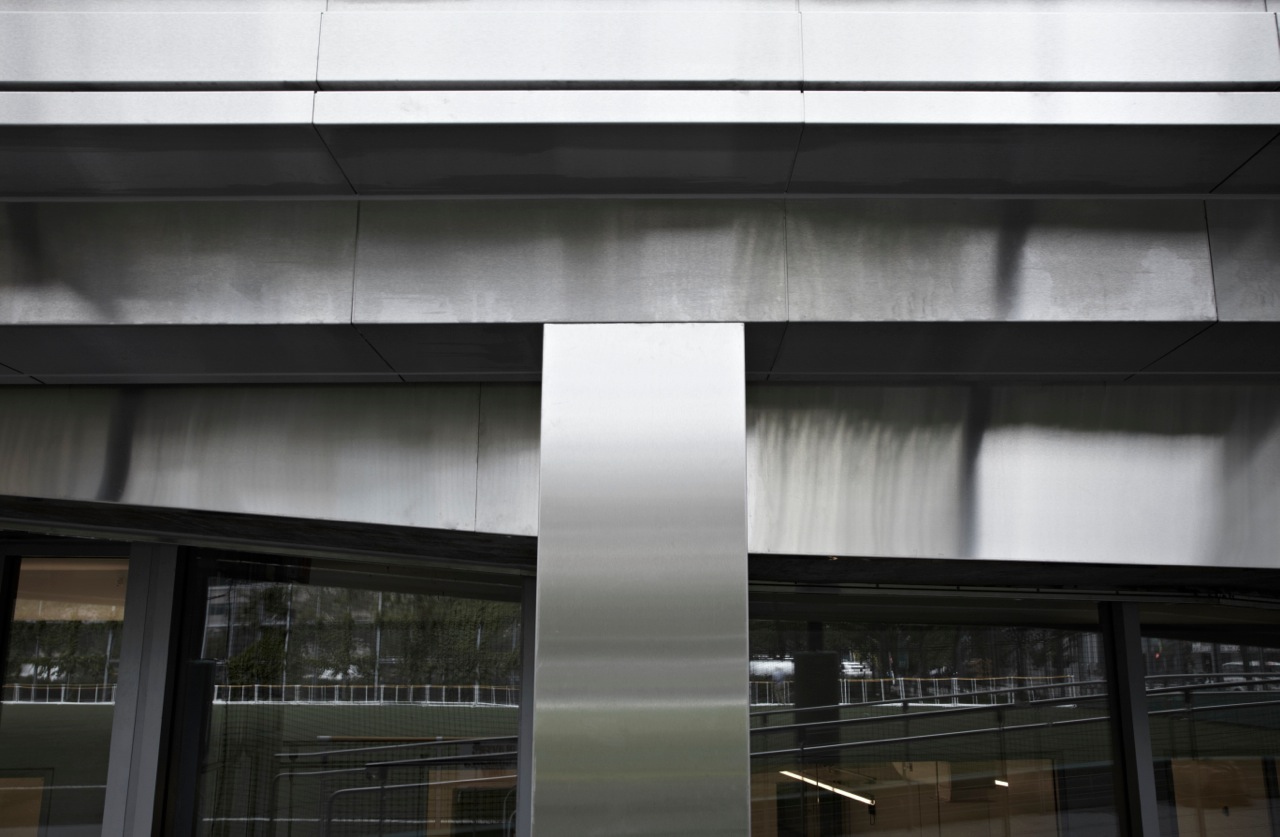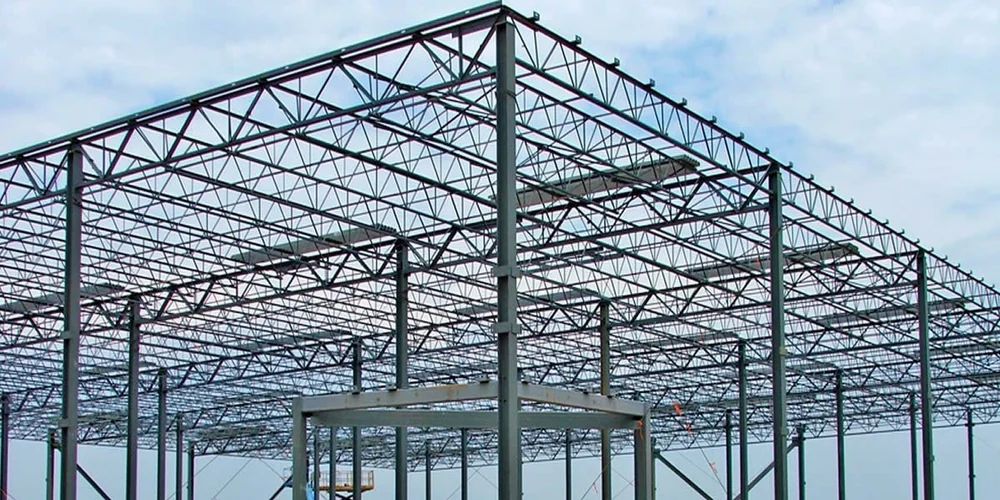In the realm of modern architecture, the ability to create custom architectural metal designs is a skill that stands out. Whether you are an architect, designer, or enthusiast, understanding how to craft these unique designs can elevate your projects to new heights. The process of creating these designs involves a blend of creativity, technical skill, and an understanding of materials.

The Importance of Custom Architectural Metal Designs
Custom architectural metal designs are more than just aesthetic elements. They bring a unique character and functionality to a building. Whether it’s a striking facade, an intricate railing, or a bespoke piece of furniture, these designs can define the personality of a structure. Custom designs allow for innovation, offering solutions that standard products cannot provide.
Understanding the Basics of Metal Design
Before delving into the creation process, one must understand the basics of metal design. This involves familiarizing oneself with different types of metals, their properties, and how they interact with other materials. Metals like steel, aluminum, and copper each have unique characteristics that influence their suitability for specific designs.
The Role of an Architectural Metal Fabricator
An architectural metal fabricator plays a crucial role in bringing these designs to life. They possess the technical skills and equipment necessary to transform raw metal into finished pieces. Choosing the right fabricator can significantly impact the quality and feasibility of your design.
Designing Process
Conceptualization and Planning
The first step in creating custom architectural metal designs is the conceptualization and planning phase. This involves brainstorming and sketching ideas that align with the project’s overall vision. During this phase, it’s essential to consider the design’s functionality, aesthetics, and the materials to be used.
Material Selection
Choosing the right material is a critical step in the design process. Factors such as durability, weight, cost, and appearance should be considered. For instance, stainless steel may be ideal for exterior applications due to its corrosion resistance, while aluminum’s lightweight properties make it suitable for intricate designs.
Prototyping and Testing
Once the design concept is finalized, the next step is prototyping. Creating a prototype allows designers to test the design for functionality and aesthetics. This phase may involve making adjustments to ensure the final product meets the desired criteria.
Fabrication Techniques
There are several fabrication techniques used in creating custom architectural metal designs. These techniques include cutting, welding, and bending, each requiring specialized skills and equipment.
Precision Cutting
Precision cutting is an essential technique in metal fabrication. It involves using tools like laser cutters to achieve accurate cuts. This process is crucial for ensuring that each piece fits perfectly within the design. Low-volume precision cutting is particularly beneficial for custom projects.
Welding
Welding is another important technique in the fabrication process. It involves joining metal pieces together to form a solid structure. Skilled welders can create seamless joints that enhance the strength and appearance of the design.
Bending and Shaping
Bending and shaping are techniques used to manipulate metal into the desired form. These processes require a deep understanding of metal properties to achieve precise and aesthetically pleasing results.
Finishing Touches
After fabrication, the next step is to apply the finishing touches. This can include polishing, painting, or applying protective coatings to enhance the metal’s appearance and durability.
Polishing and Coating
Polishing gives the metal a smooth, shiny finish, while coatings can protect against corrosion and wear. Choosing the right finish is essential for ensuring the longevity and aesthetic appeal of the design.
Installation
The final step in the process is the installation of the custom metal design. Proper installation is crucial for ensuring the design’s safety and functionality. It often requires collaboration with other professionals, such as architects and builders, to integrate the design seamlessly into the project.
Innovative Applications of Architectural Metal Designs
Custom architectural metal designs are used in various applications, from facades to furniture. They offer flexibility and creativity that allows designers to push the boundaries of traditional architecture.
Facades and Cladding
Metal facades and cladding are popular choices for modern buildings. They provide a sleek, contemporary look and can be customized to suit any architectural style. Visit modern architectural metal designs for more inspiration.
Metal Dividers and Partitions
Metal dividers and partitions are versatile elements that can enhance the functionality and aesthetics of interior spaces. They can be designed in various styles to suit different needs and preferences. Learn more about architectural metal dividers.
Architectural Metal Furniture
Custom metal furniture is a growing trend in modern interior design. It offers durability and a unique aesthetic that sets it apart from traditional furniture. Explore more on architectural metal furniture.
Conclusion
Creating custom architectural metal designs is a rewarding process that combines creativity and technical expertise. By understanding the materials, techniques, and processes involved, designers can create stunning, functional pieces that enhance modern architecture.

FAQs
What are the benefits of custom architectural metal designs?
Custom designs offer unique aesthetic and functional solutions that standard products cannot provide. They allow for innovation and personalization in architectural projects.
How do I choose the right metal for my design?
Consider factors such as durability, weight, appearance, and cost. Each metal has unique properties that make it suitable for different applications. Consultation with professionals can also guide the selection process.
What is the role of a metal fabricator in the design process?
A metal fabricator transforms design concepts into reality. They have the technical skills and equipment necessary to create precise and high-quality metal designs.
This article contains affiliate links. We may earn a commission at no extra cost to you.

